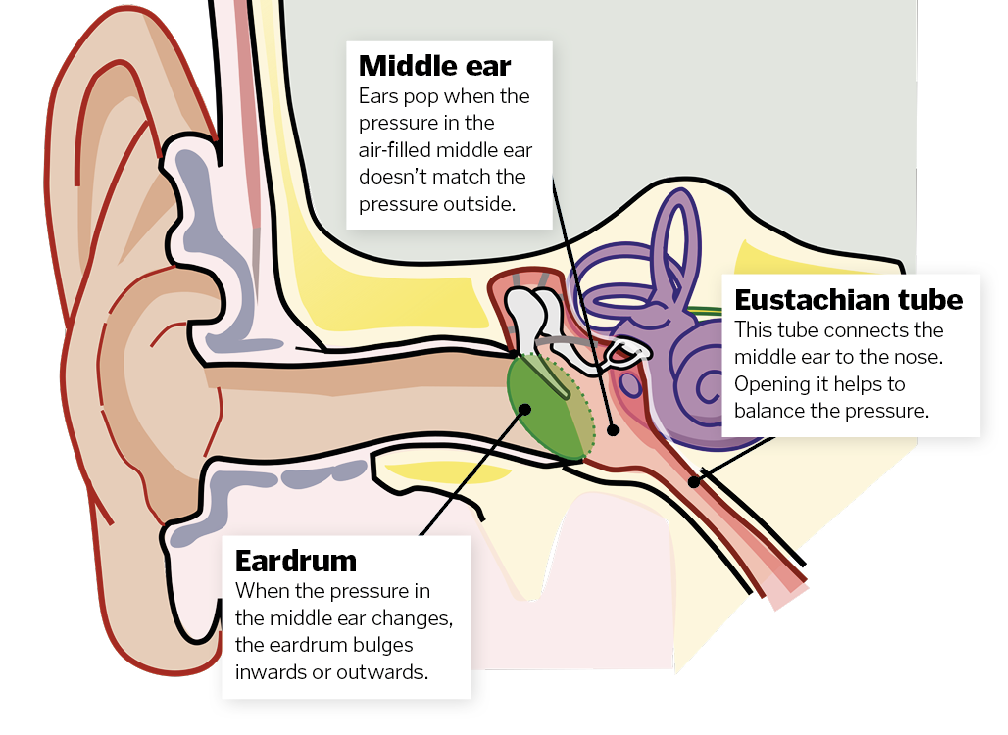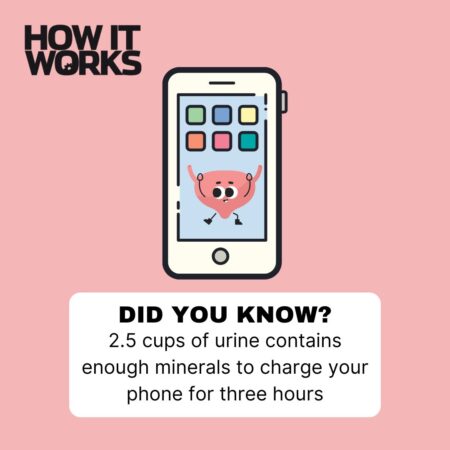Why do our ears pop?
by Scott Dutfield · 03/11/2019

How do changes in pressure make our hearing go funny and our heads feel full?
The middle ear separates the outer ear from the inner ear. It contains the three ear bones, which send vibrations from the eardrum towards the fluid inside the cochlea. The pressure in the middle ear needs to be the same as the pressure in the outside world, otherwise the eardrum can’t vibrate properly.
Air is constantly leaking out of the middle ear and into the tissues. To keep it topped up the eustachian tube, which runs from the middle ear to the back of the nose, opens and shuts to let air through.
If the pressure changes suddenly, the air inside the middle ear contracts or expands, pushing or pulling on the eardrum. To pop the ears back to normal you just need to open the eustachian tubes to equalise the pressure. Try swallowing, yawning or chewing.
Ear anatomy
The middle ear is full of air and sensitive to changes in pressure
Image credit: Chittka L, Brockmann
This article was originally published in How It Works issue 112, written by Laura Mears
For more science and technology articles, pick up the latest copy of How It Works from all good retailers or from our website now. If you have a tablet or smartphone, you can also download the digital version onto your iOS or Android device. To make sure you never miss an issue of How It Works magazine, subscribe today!






